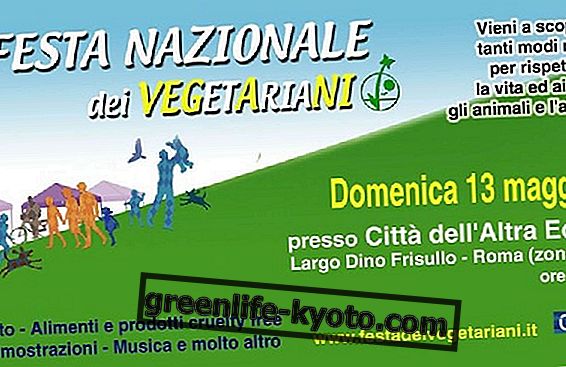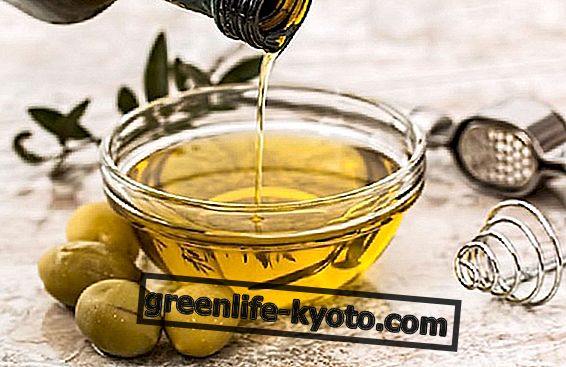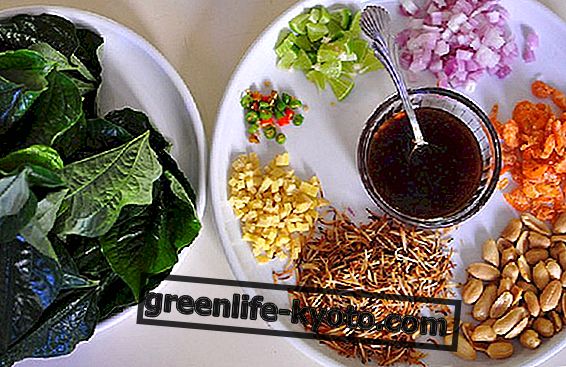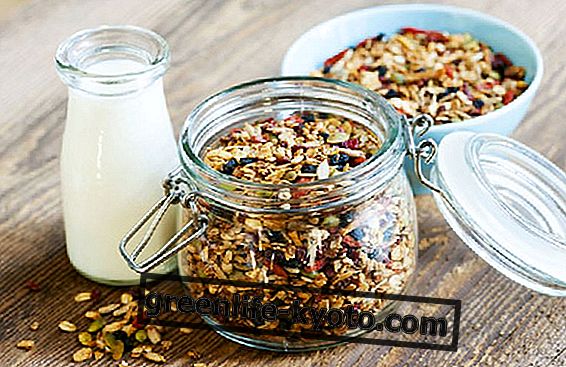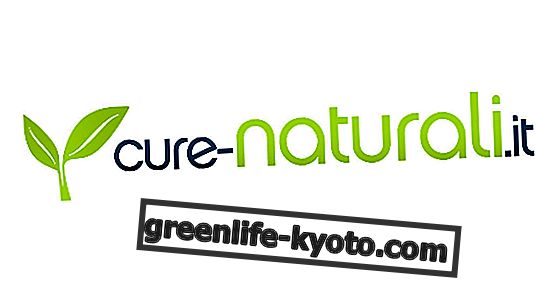The essential oil of chamomile is obtained from Matricaria recutita, a plant of the Compositeae family. Known for its many properties, it is useful in cases of stress, insomnia, irritable bowel and skin irritation. Let's find out better.

Properties and benefits of chamomile essential oil
Relaxing, if inhaled it is an excellent sedative that can help angry and impulsive people not to react in an exaggerated way in relation to the context. Promotes inner balance ; helps to process both physical and mental experiences. On an emotional level it is indicated in cases of stress, agitation, headaches, insomnia, panic attacks and anxiety crises and sleep disorders in children.
Antispasmodic, helps to relax tense muscles, due to nervousness, irritable bowel, spasms, colitis and gaseous colic of newborns . Gives benefit for menstrual pain and for menopausal disorders. Although the essential oil of chamomile is an antibacterial, antiseptic, disinfectant and antiparasitic, its use is mostly due to its anti-inflammatory properties .
Soothing, it has a profound anti-inflammatory and calming action on the skin, especially if it is very sensitive, dry and reddened . It is effectively used on skin irritations, herpes, eczema and gingivitis, dermatitis, psoriasis and mycosis. Relieves sunburn, sunburn, burns and limited burns. The essential oil of chamomile protects from external aggressions, reduces redness and inflammation, even on the tissues of the mucous membranes, therefore it is recommended in the case of vaginitis, itching and in the genital disorders given by menopause.
Description of the plant
Chamomile is a herbaceous, annual, aromatic plant; has an erect branched stem that reaches 50 cm and a taproot root ; it is widespread in Europe and Asia and is also naturalized in other continents.
It grows spontaneously in meadows and in the open countryside, no more than 800 m, The leaves are alternate and sessile, oblong, bipinnate of light green color divided into thin lacinias. The flowers are gathered in flower heads with conical and hollow receptacle.
The outer ones have the white ligule, the inner ones are tubular with a yellow corolla. The flower heads with a diameter of 1–2 cm are gathered in corymbous tops. The fruit is an achene of about 1 mm of length, of light color, devoid of pappus.
Part used
Flower heads and part of the plant
Extraction method
Steam current distillation
Note
Middle note : sweet herbaceous, sweet fragrance
You can learn more about the properties and use of the chamomile mother tincture
Use and practical advice on chamomile essential oil
Environmental diffusion : 1 gc of chamomile essential oil, for every square meter of the environment in which it is diffused, by burner of essential oils or in the water of the radiators humidifiers, in presence, in emotional disturbances caused by stress, headache, nervous tension
Anti-inflammatory oil : apply 1 drop of essential oil of chamomile directly on the inflamed area or dilute 10 drops in 100ml of hypericum oil to treat localized burns, burns, burns and sunburn. Moreover this essence is considered one of the most powerful anti-inflammatories, also for rheumatic and muscular pains . In this case you can add 10 drops of 100ml arnica oil and massage the affected areas.
Oil for massage of newborns : it can be used for problems related to dentition and in the bathroom to relax nerves or irritability. In the case of gaseous colic or nervousness, massage the tummy with a drop of essence diluted in a tablespoon of almond oil, to eliminate intestinal gases.
Cream for sensitive skin : pour 5 drops in 50ml of face cream and apply every night, to protect the skin from external aggressions, reduce redness and inflammation, of the skin affected by couperose.
Internal use: 2 drops of chamomile twice a day or, if necessary, a teaspoon of honey. in case of colitis, menstrual pain.
Contraindications of camomile essential oil
Although the essential oil of chamomile is almost devoid of toxicity at the recommended doses, like all essential oils it is still to be avoided in pregnancy . Not recommended for use by subjects suffering from diarrhea.
Background
The name derives from the Greek chamàimēlon word formed by chamài " of the soil " and mēlon, " apple " for the smell that resembles that of the dwarf apple, this derivation is preserved in the Spanish name " manzanilla ", from manzana, which means "apple ". The name of the genus, Matricaria, comes from the Latin matrix, which means" uterus ", with reference to the soothing power in menstrual pains.
The knowledge of chamomile and its healthy effects is lost in the mists of time. Mentioned in the Assyrian herbariums, it was called in Mesopotamia Kurban-ekli, "the gift of the meadows". In Egypt she was venerated for her virtues and such was her confidence in her properties to drive away the fevers, which was consecrated to the Sun god, Horus.
It takes almost a ton of flowers to obtain two kilograms of this precious and delicate oil, the intense blue color that characterizes it is due to the high percentage of azulene, an active ingredient with a powerful anti-inflammatory and soothing action .
